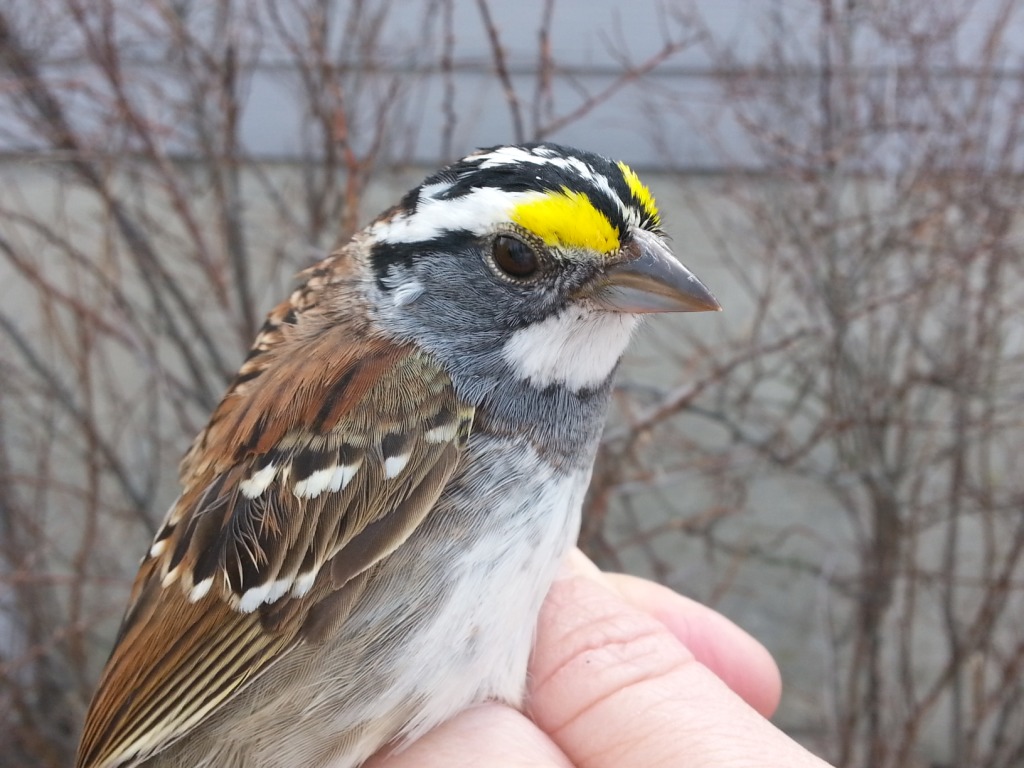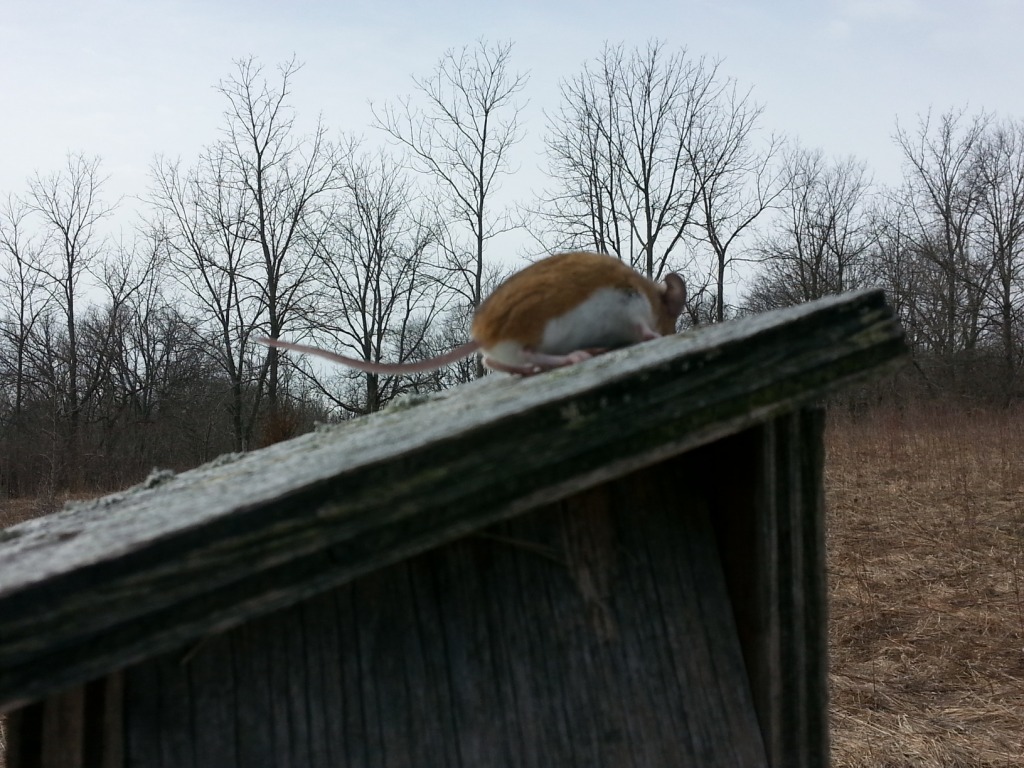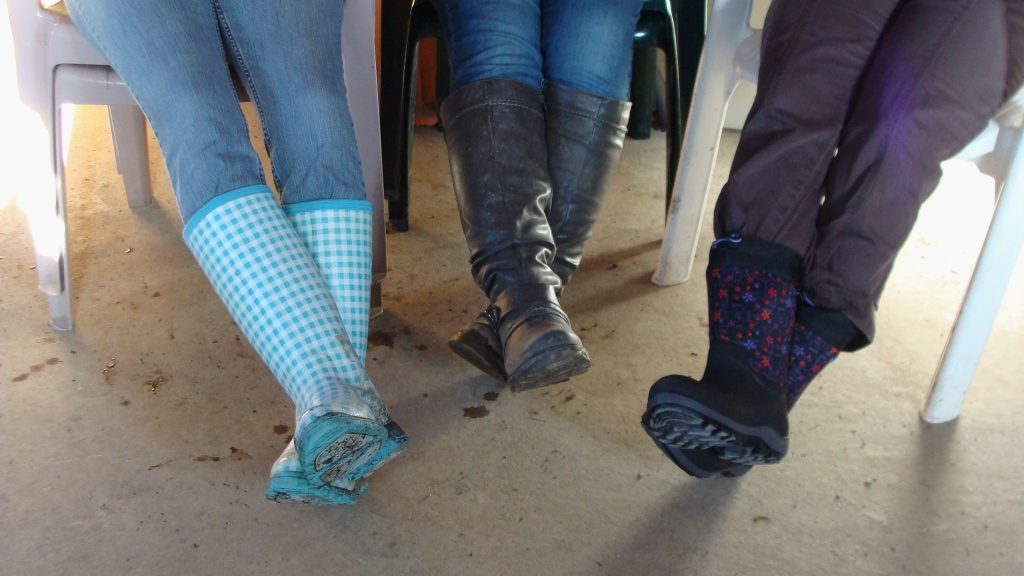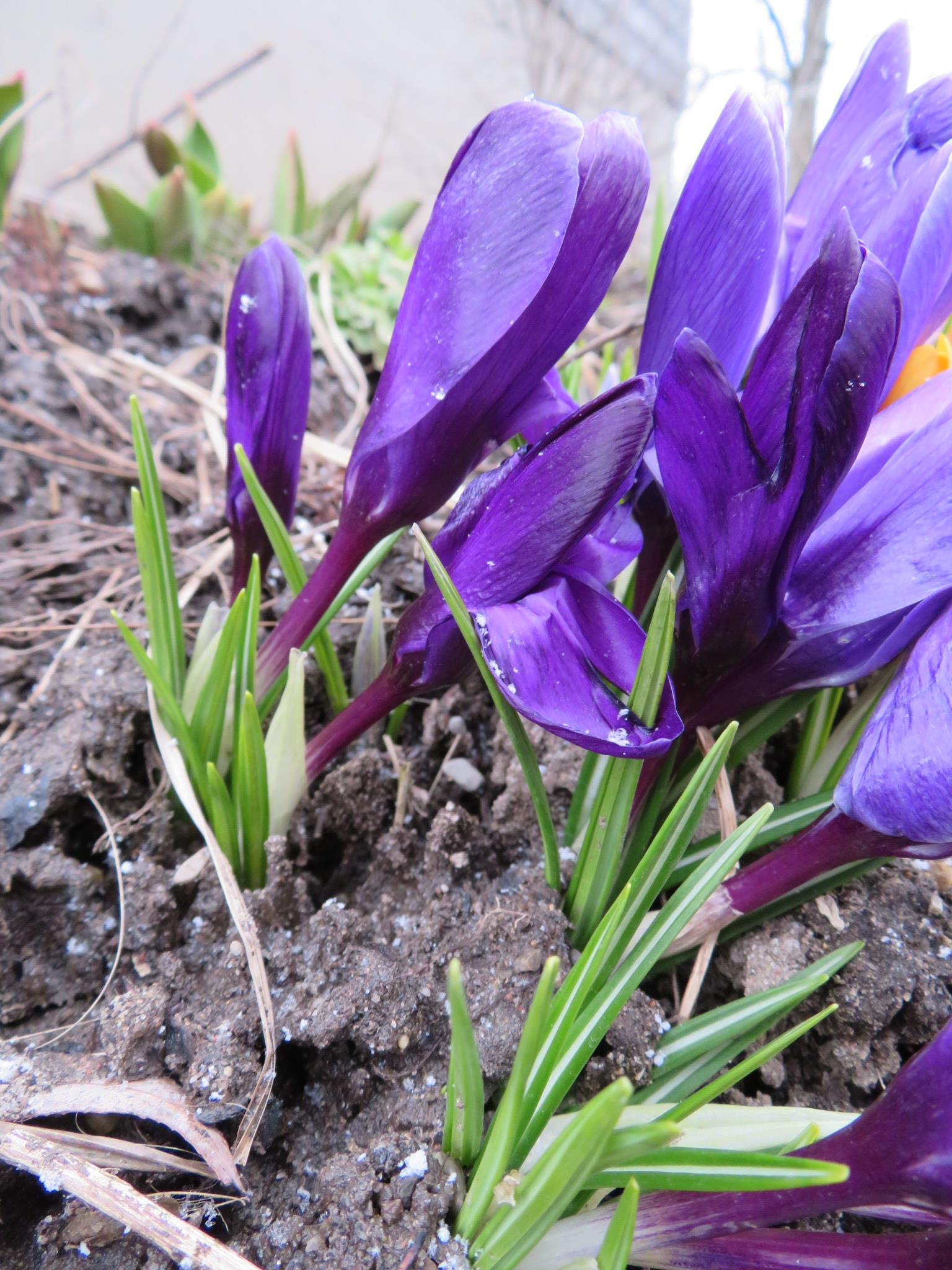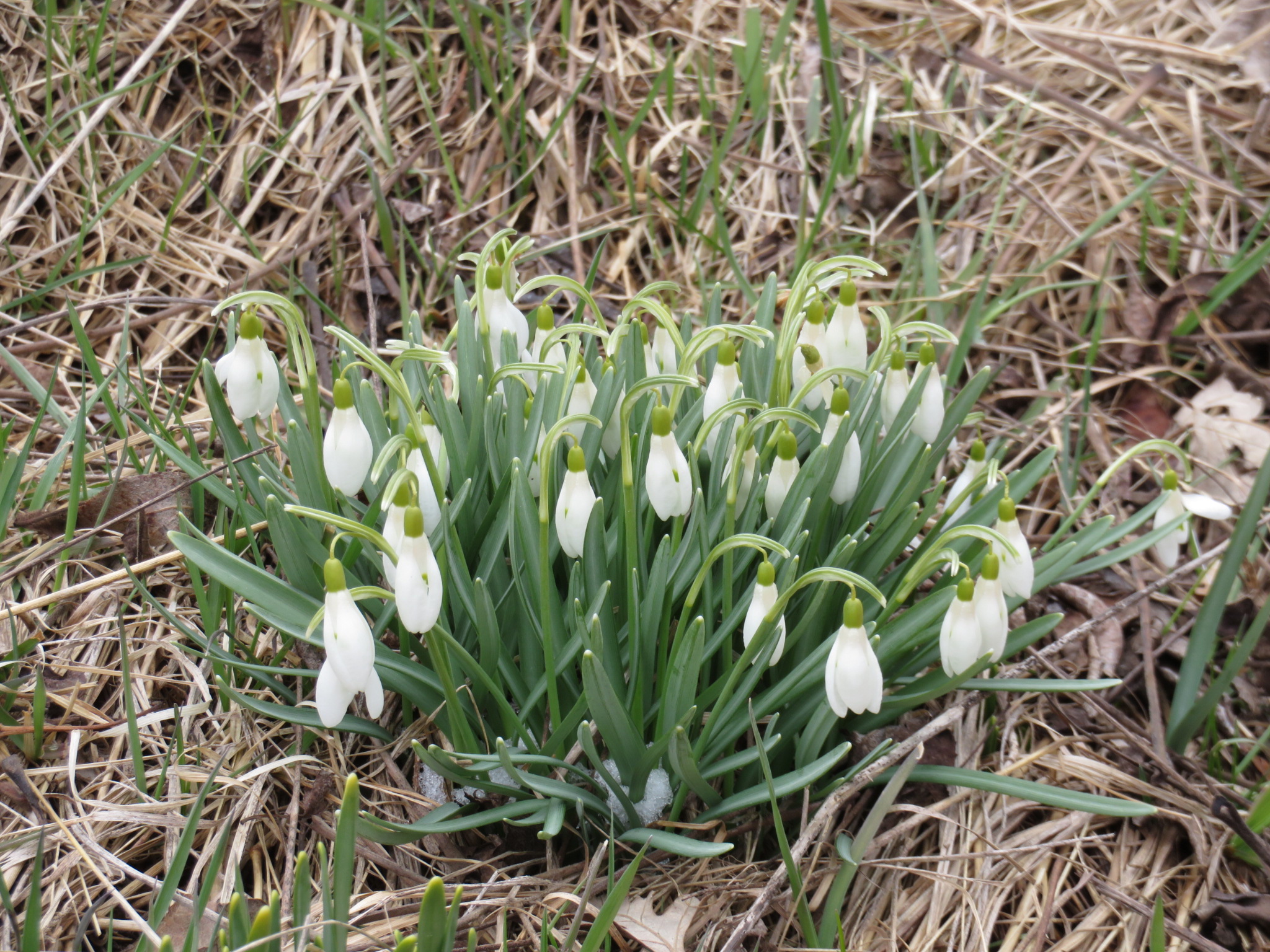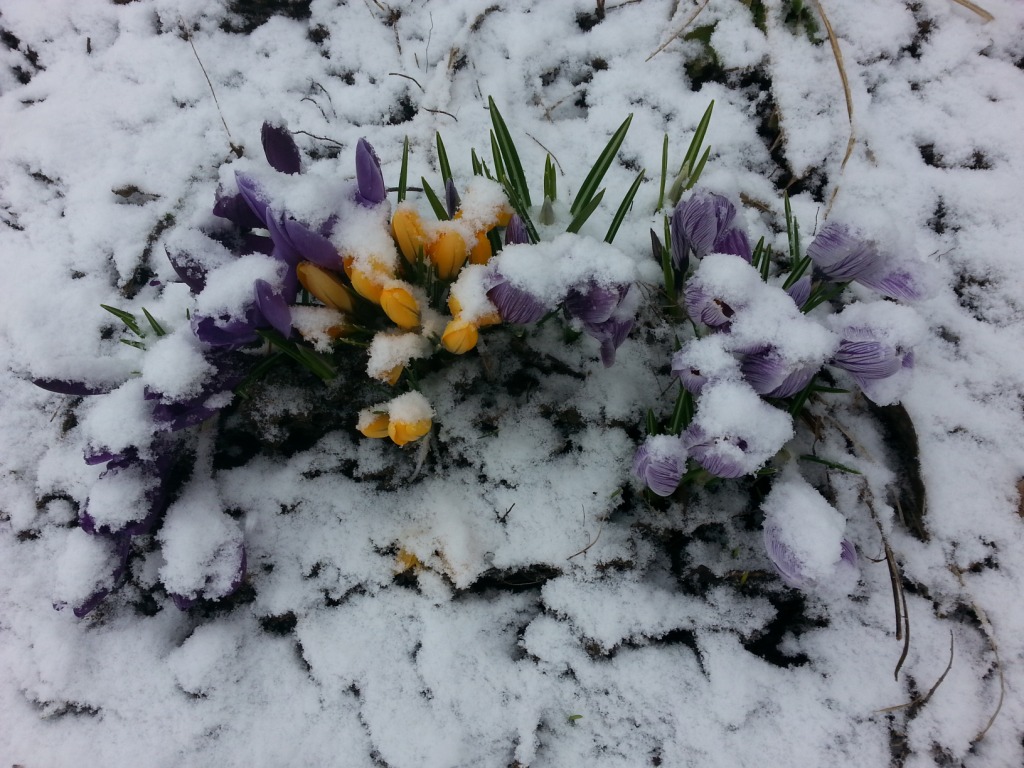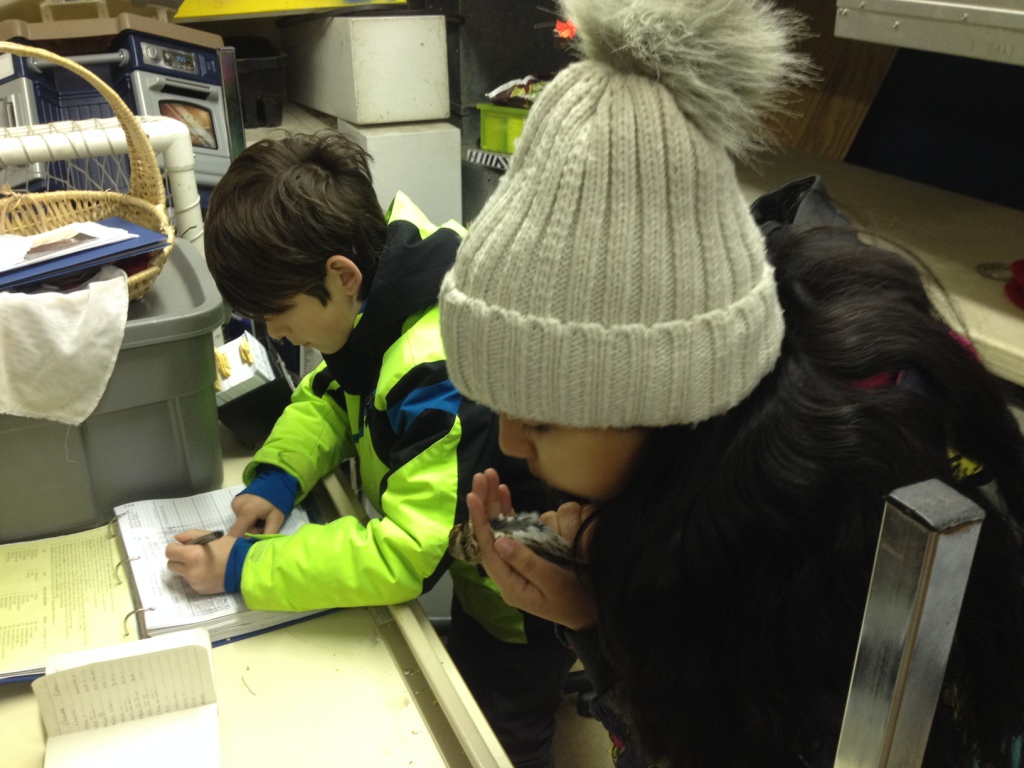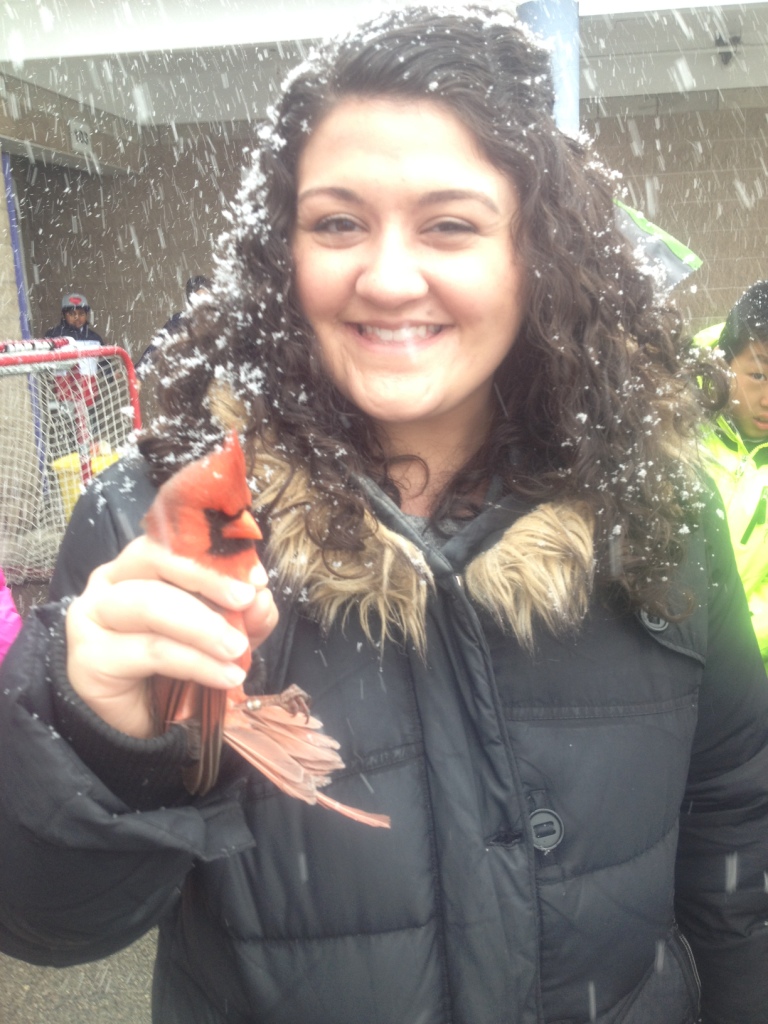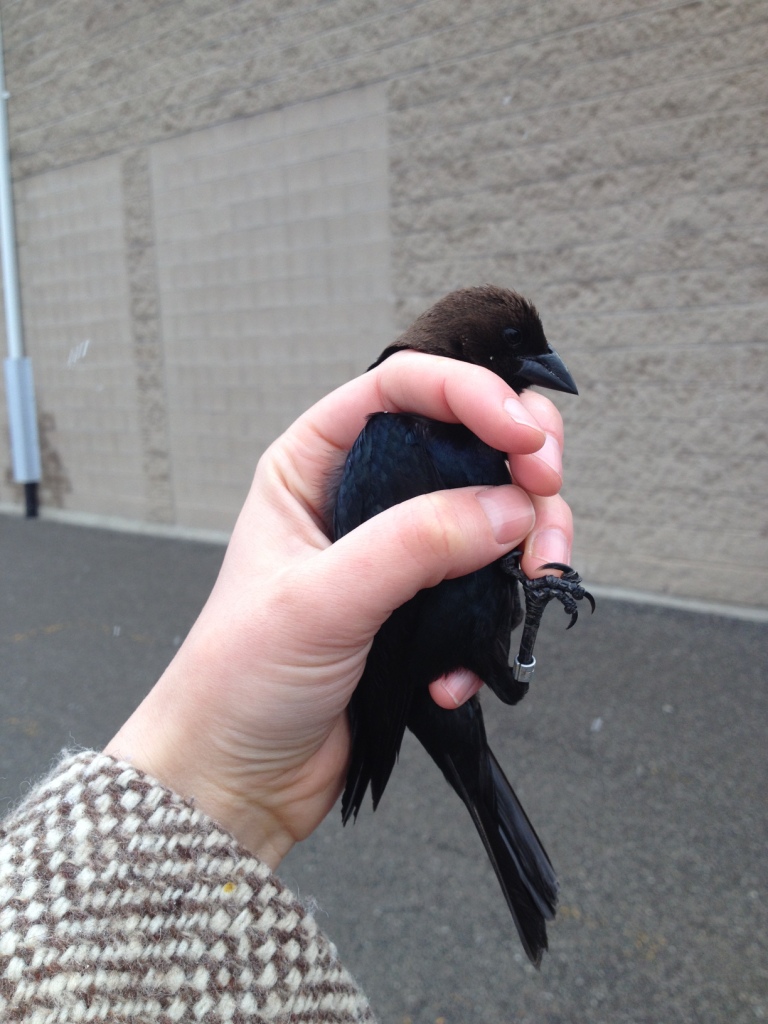
The entrance to the Iris Africa orphanage.
I’m tired of bitching about cold, windy, snowy conditions in April(!). So I thought I’d turn the conversation to something warmer…..in this case, much warmer. I was in Malawi for the first two and a half weeks of February. The rainy season was just finishing and the heat was ramping up – we reached 41 degrees on one day (with night time temperature of just 33).
As in Kenya, I had gone to Malawi to teach folks about birds and the environment. For tools I had donated binoculars and guide books that Princeton Press sold to me at half price and the cost of which was picked up by 8 “donors” – all volunteers at Ruthven’s banding lab. (Thanks folks!)
I didn’t actually choose Malawi; Malawi sort of chose me. The connection was made through one of the regular volunteers whose partner went to an orphanage in Bangula in far southern part of the country. They thought that the sort of things I was doing in Kenya would be great to do there. That was a good start.
I must admit that I have become fairly cynical about “helping” organizations in Third World countries. In my experience they seem to help themselves more than the people they claim to be helping. But I did a fair amount of checking out of the Iris Africa organization and felt that they were worth a shot. Iris runs a large orphanage and elementary school just outside of the town of Bangula. I like the parenting model that they use. More importantly for me is that they recognize the huge problem facing Africa: employment for the 60% of the population that is under the age of 25. [I was struck by a comment in the in-flight magazine on the plane which took me from Blantyre to Nairobi. The article was outlining some of the demographics of the country and it noted under the heading “Employment” that 80% of the population was employed “in the subsistence sector”. Wow! And I thought I was cynical.]
But to get back to my point…..the organization is looking at the future for its young people and trying to come up with ways to find employment for them. One avenue that they are quite interested in is the development of eco-tourism. The orphanage site would be ideal for African birding. I saw close to 100 species just around the grounds. And within 15 kilometers there are National Wildlife Refuges (Mwabi WR is one), a RAMSAR wetland (Elephant Marsh), the Shire River (which was alive with literally 1000’s of birds), and a private game park – Thangadazi. A day at each site would produce a wide range of unique sightings.

An up and coming birder and guide: Isaac Mponya.
The organization, Iris Africa, has wonderful infrastructure to support an ecotourism business: the grounds themselves have quite a varied vegetation providing niches for a wide range of birds, quality housing, water (deep bored well), kitchen and cooking staff, vehicles for offroad trips (and many Africa roads require it), and motorboats for river travel. What they don’t have is skilled, knowledgeable guides. And that’s where I come in. My job is to identify possible individuals to do this kind of work and then train and support them to learn the necessary skills. So far I have had a chance to work with one individual who shows great promise; his name is Isaac Mponya. He already knew a lot about bird behaviour and quickly began to pick up on identification skills. I think his success can be contagious – when other young people see what good things can come from Isaac’s successes they might be willing to learn as well. But the trickle down of resources to individuals in the Bangula community from the development of an ecotourism business would be significant.
The other thing that I was working at was putting this area of Malawi on the birding “map” so to speak. Every day I banded for the first 3 hours of the morning and then spent the rest of the day walking though the countryside birding, recording my sightings for entry into eBird (which is accessed by birders worldwide) and listing species in defined pentads (similar to the squares we use in the Ontario Breeding Bird Atlas) for entry into the mapping initiative that the country has undertaken (as has Kenya). I’m hoping that this will outline for people what they might see and where….and persuade them that Bangula is worth a visit.
Photo Gallery:
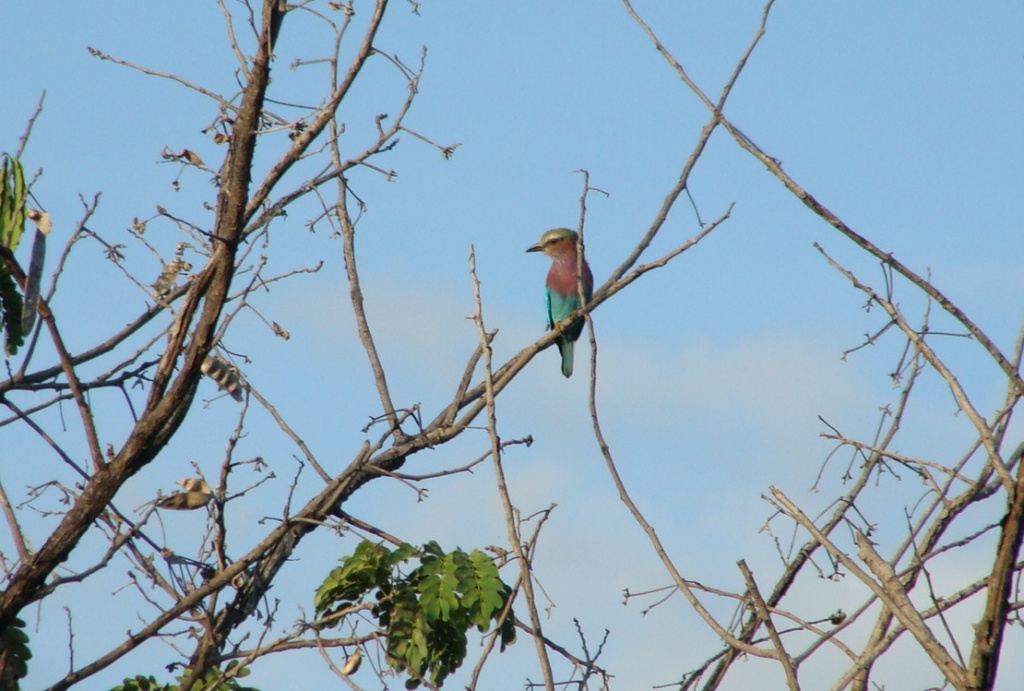
Lilac-breasted Roller

Collared Palm-thrush; a pair hung around the house where I was staying.
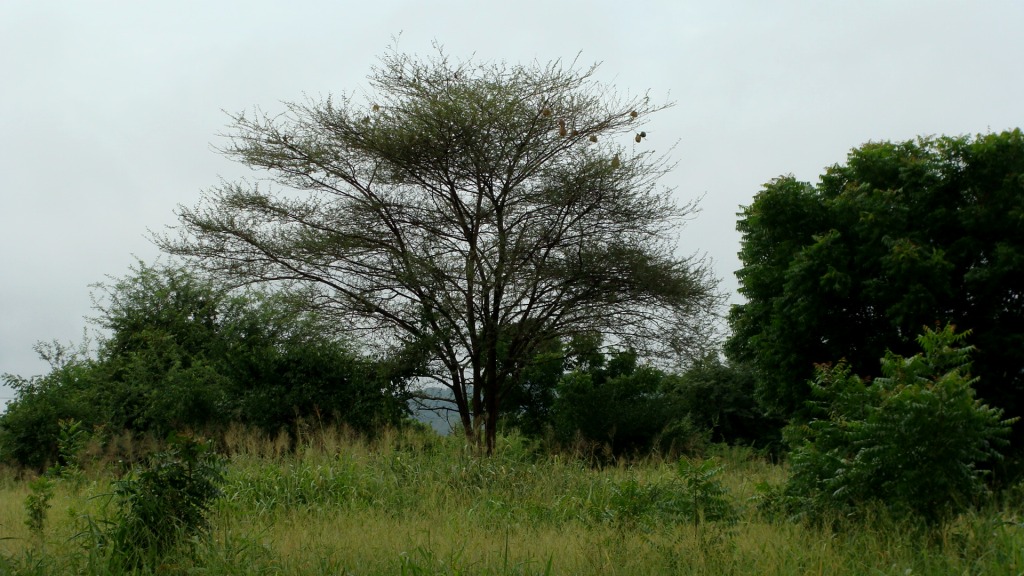
The “outlook” tree. All morning birds of a wide variety of species would fly into the tops of this acacia and take a look around before continuing on their journey. At times there were over 50 birds of a dozen species in the tree.
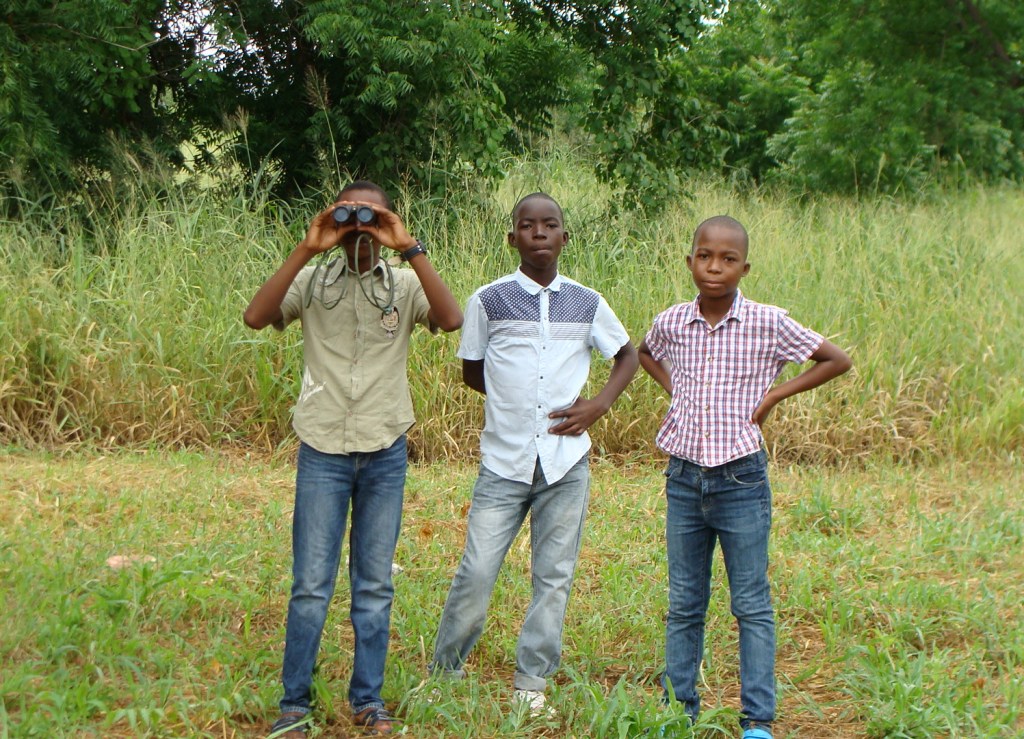
Budding birders learning how to use binoculars.

I really like Bee-eaters and especially this one: a Little Bee-eater.
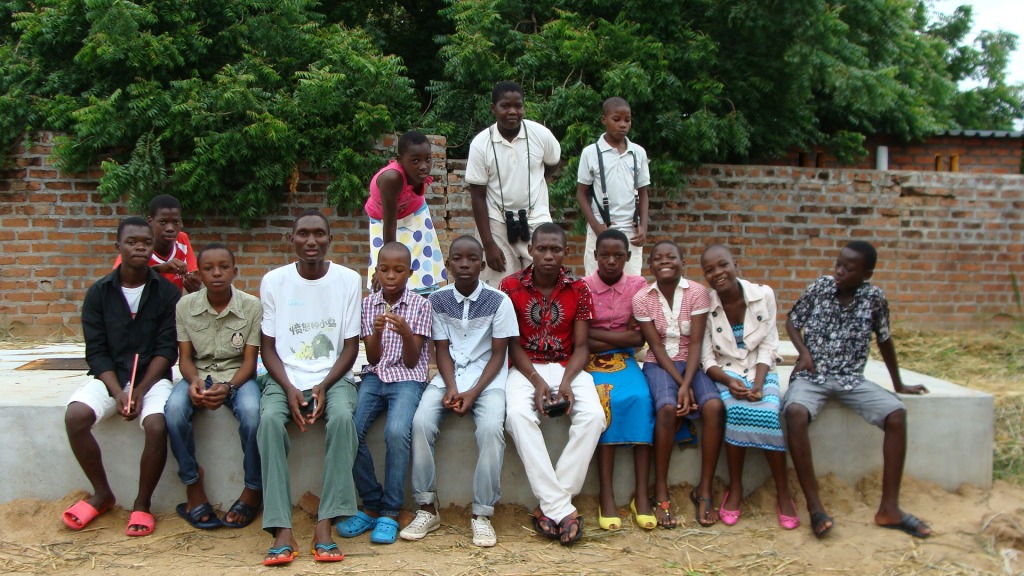
Saturday mornings would bring out the curious and keen, teachers and students.
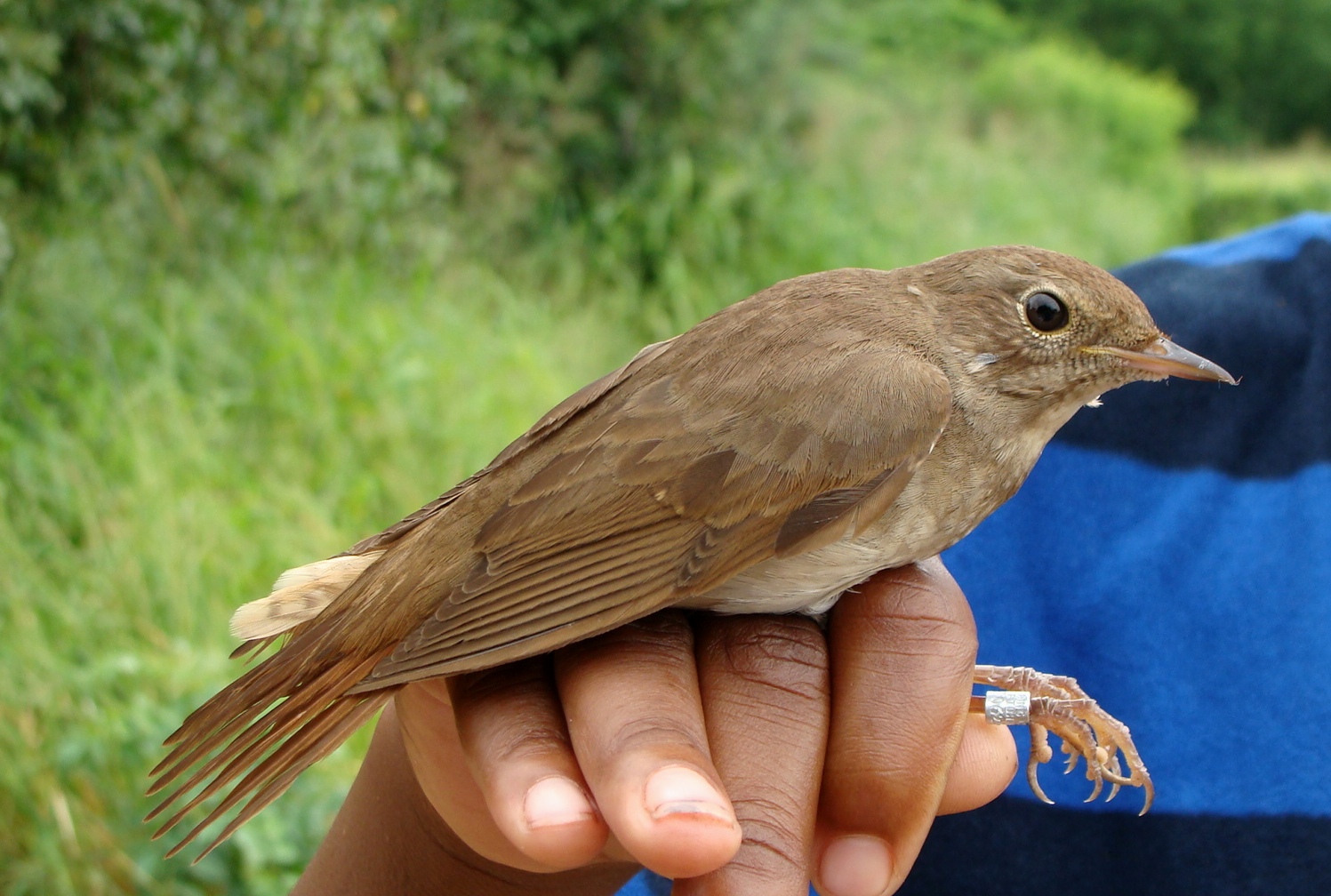
A Eurasian migrant: Thrush Nightingale.
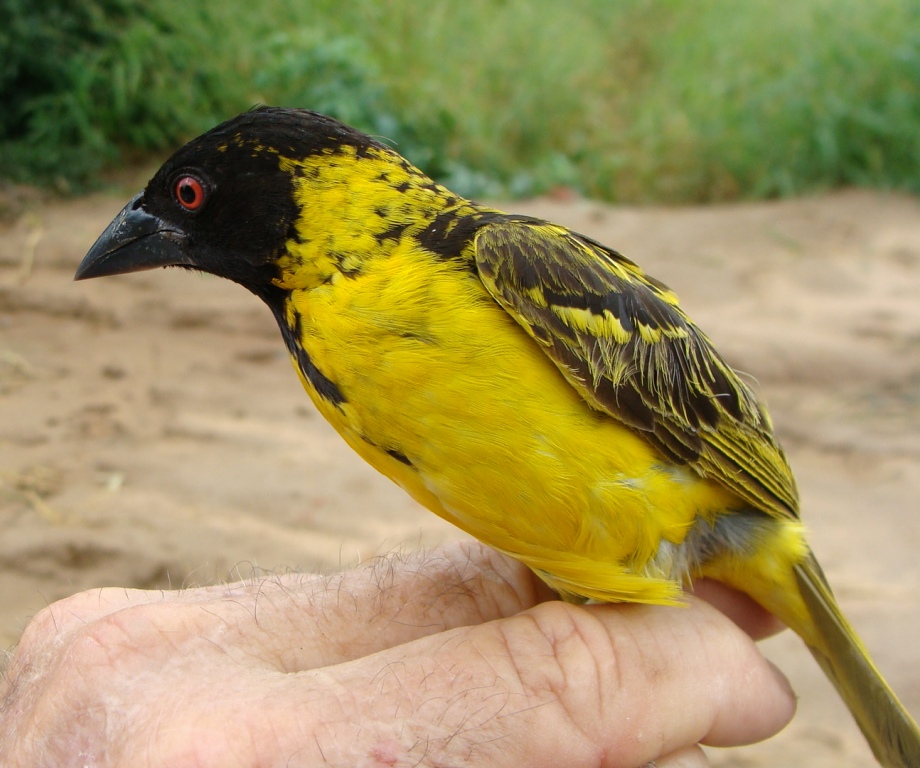
Male Village Weaver
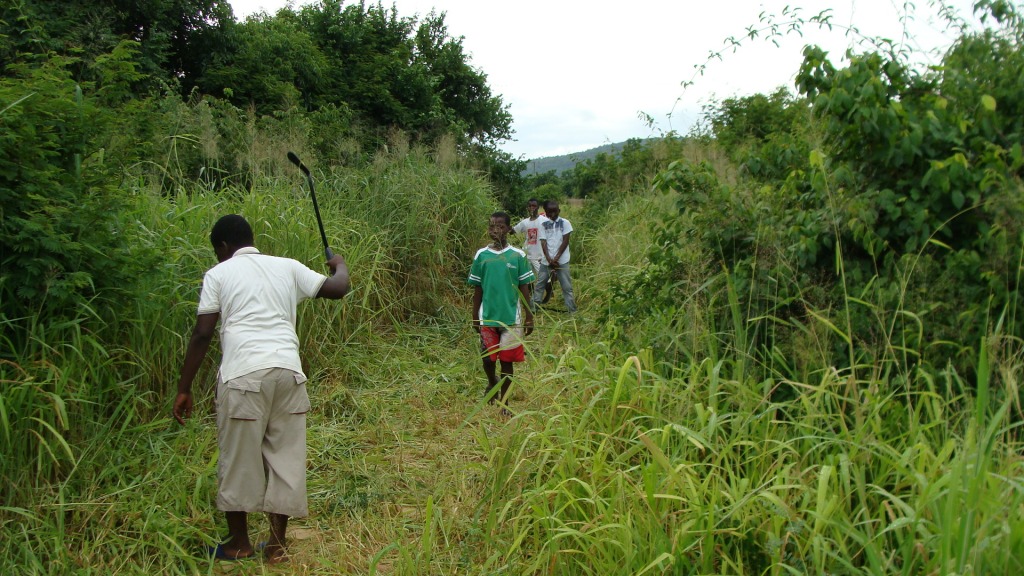
The students were very adept at using pangas to clear net lanes.

Field equipment. Yes, it’s a Ruthven banding data sheet but note that the birds are: Bronze Mannakin, Southern Cordon-bleu, and Common Waxbill.
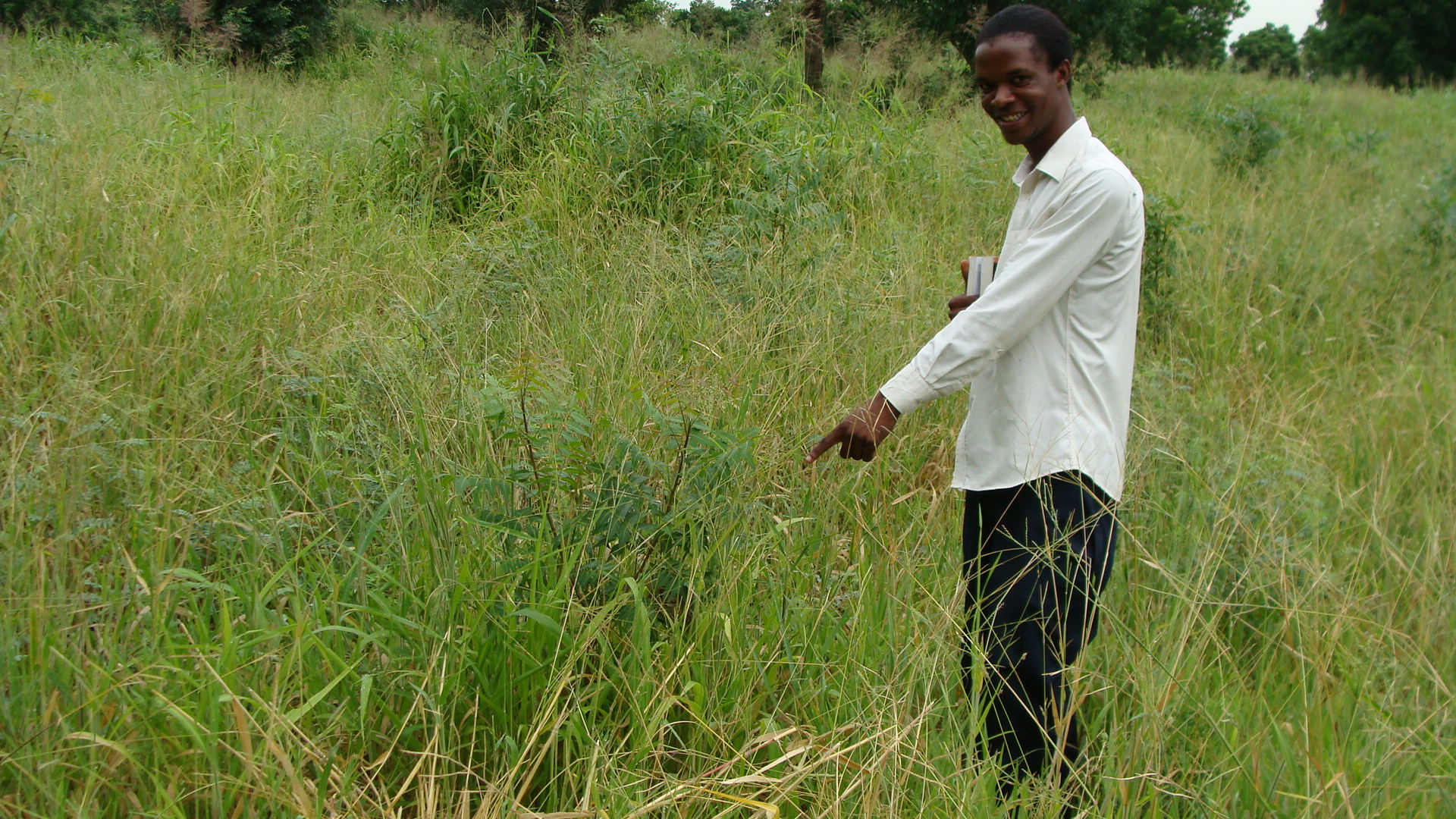
Isaac pointing out the nest of a Rattling Cisticola which I had failed to notice despite its being just 5 meters in front of me.
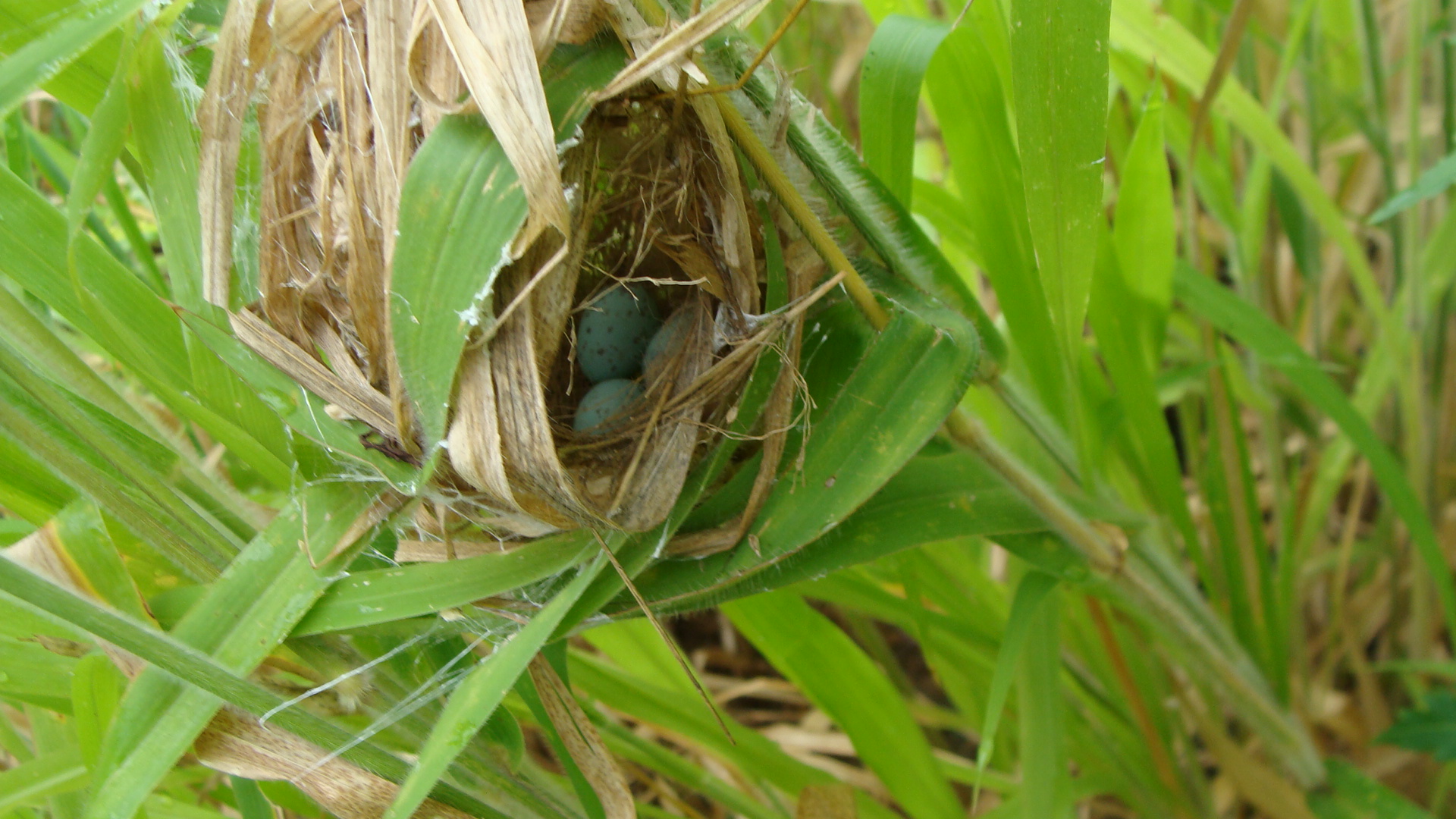
Nest and eggs of a Rattling Cisticola.
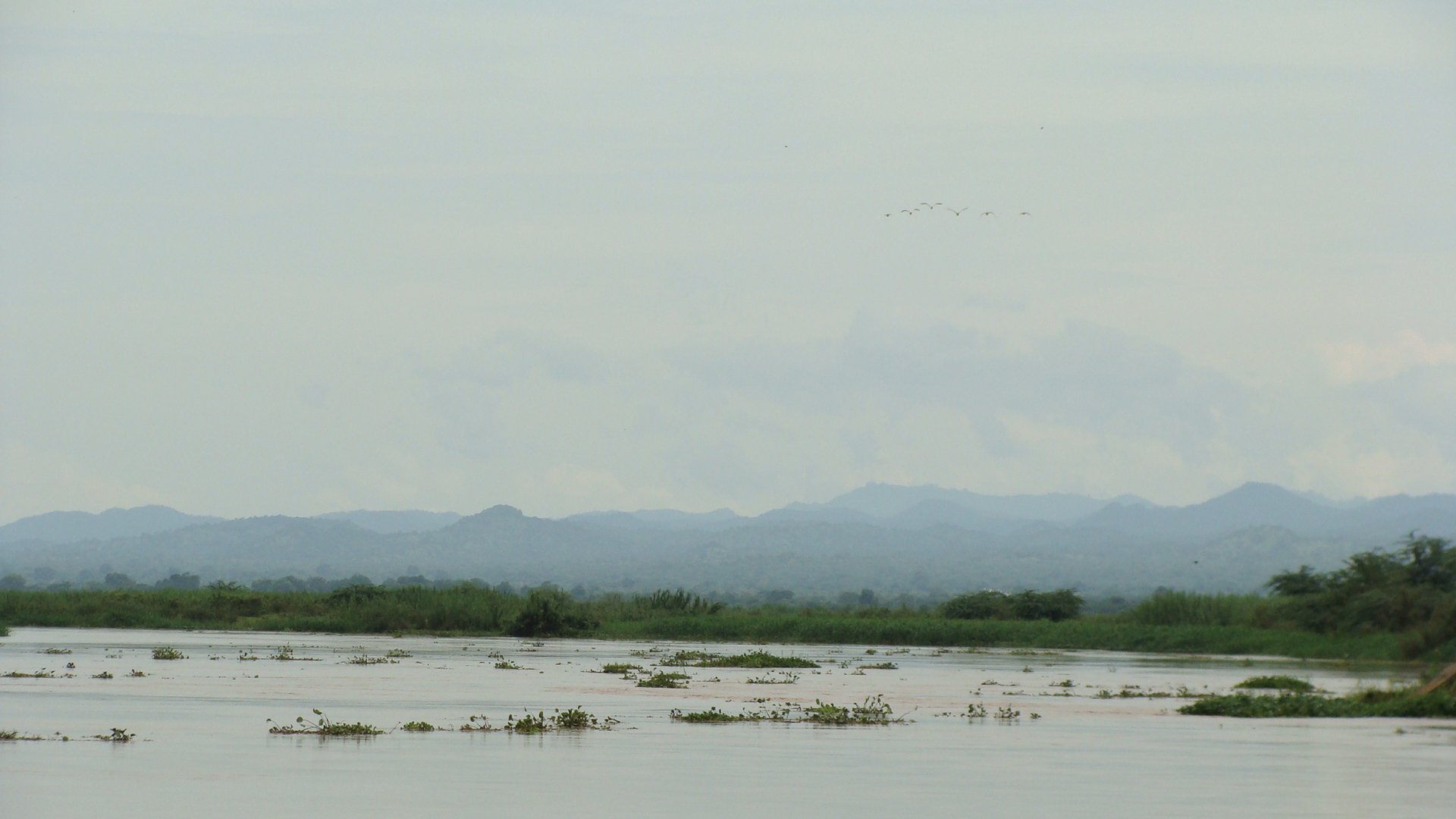
The Shire River – another exciting birding destination nearby.

Just a piece of the extensive Elephant Marsh complex – its 61,000 acres have been designated a RAMSAR site and is very rich in bird life.
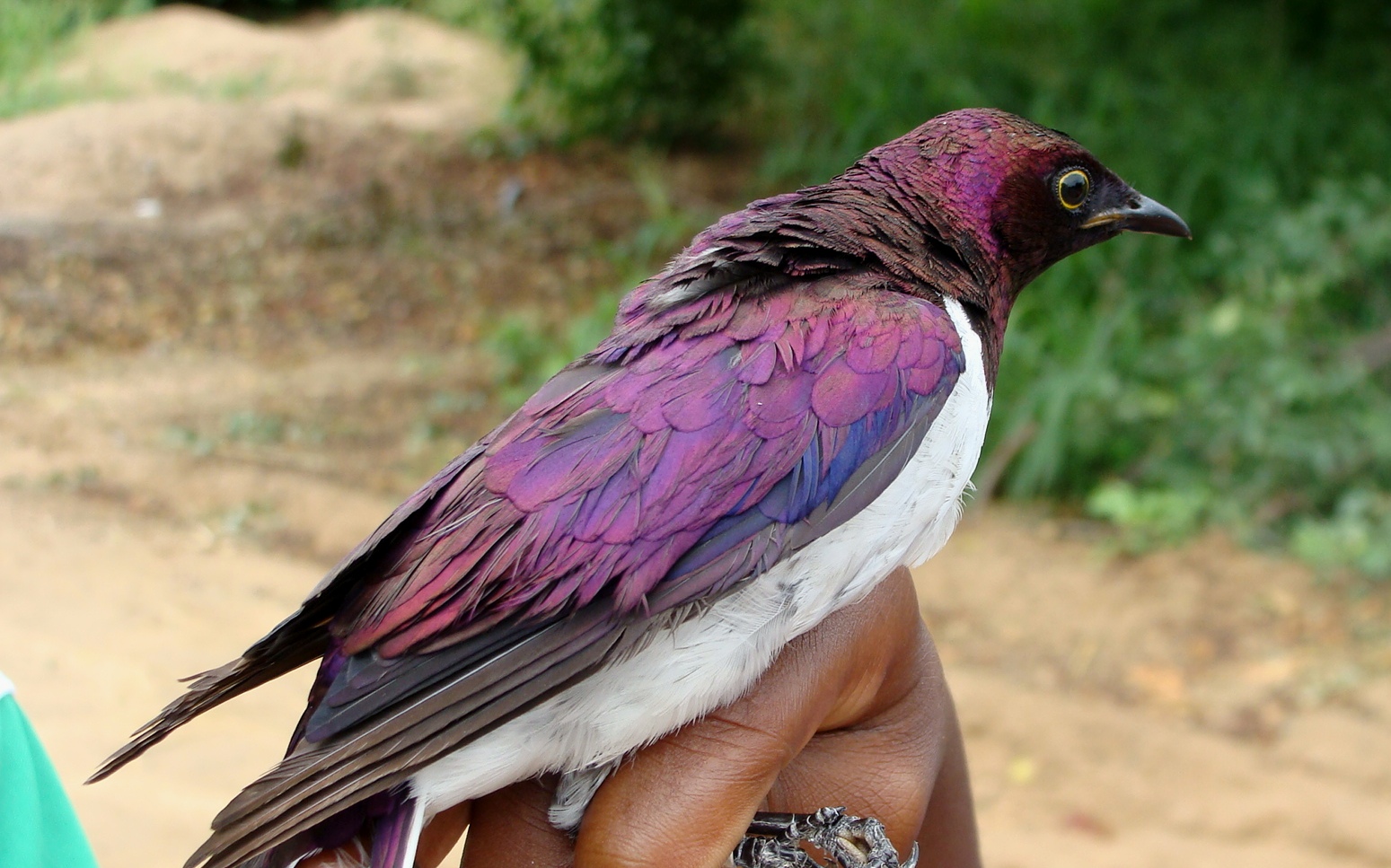
A stunning male Violet-backed Starling.
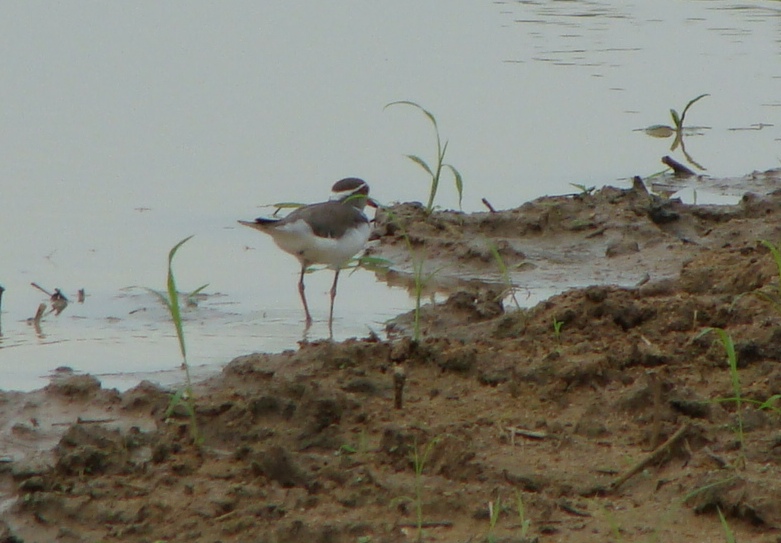
A pair of Three-banded Plovers hung out by the pond just across the road.

Field equipment. Yes, it’s a Ruthven banding data sheet but note that the birds are: Bronze Mannakin, Southern Cordon-bleu, and Common Waxbill.

Common Waxbill
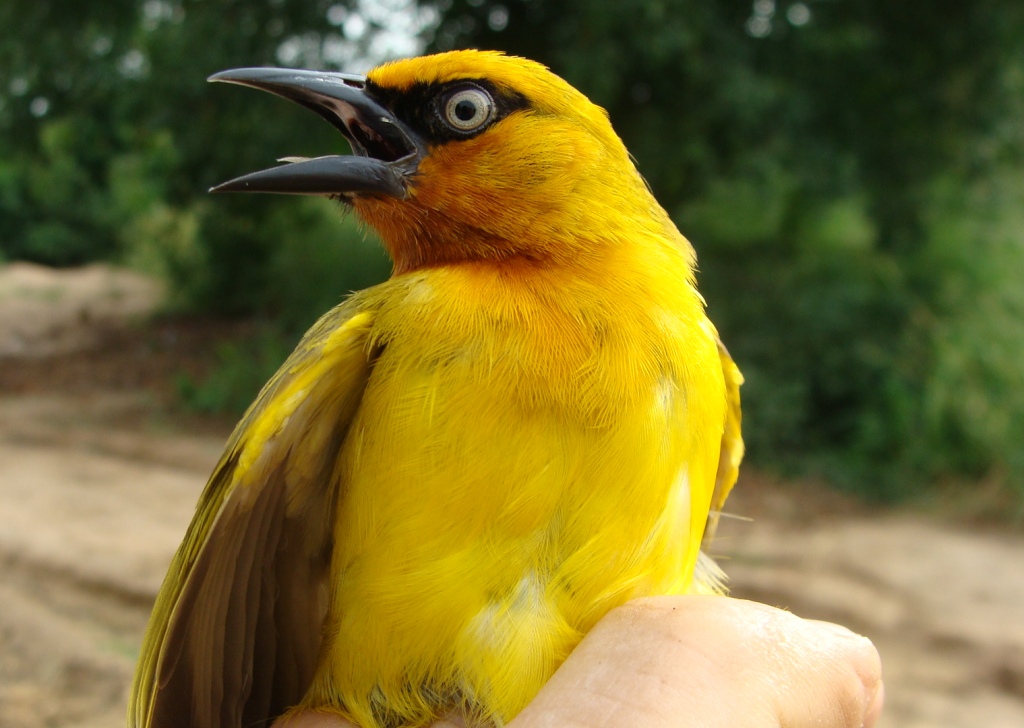
Female Spectacled Weaver. The Malawian birds have an orange wash to their throats unlike their Kenyan counterparts which are pure yellow.

Male Vitelline or Southern Masked Weaver.
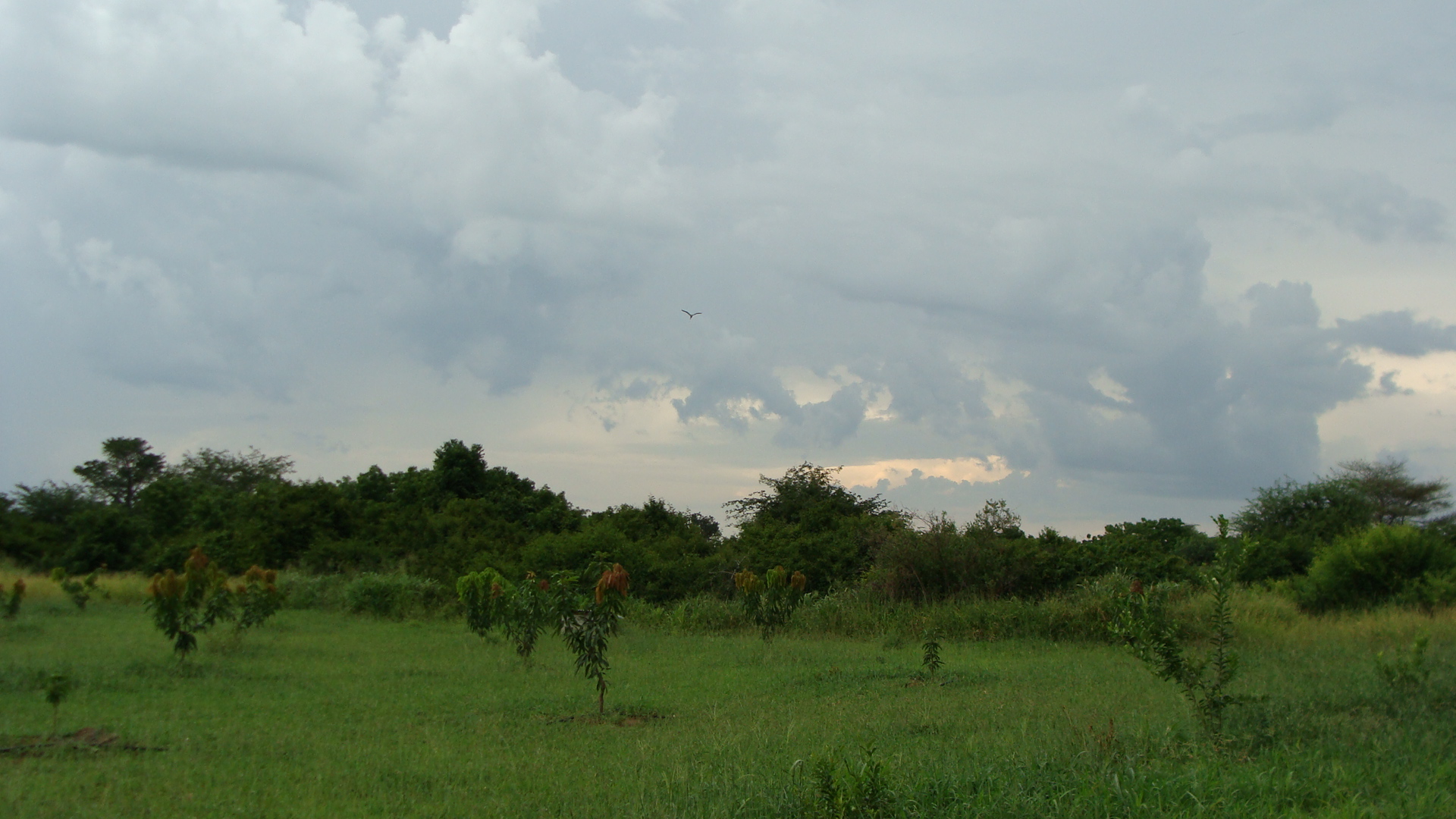
Fruit trees growing on the Iris property – an investment in the future.
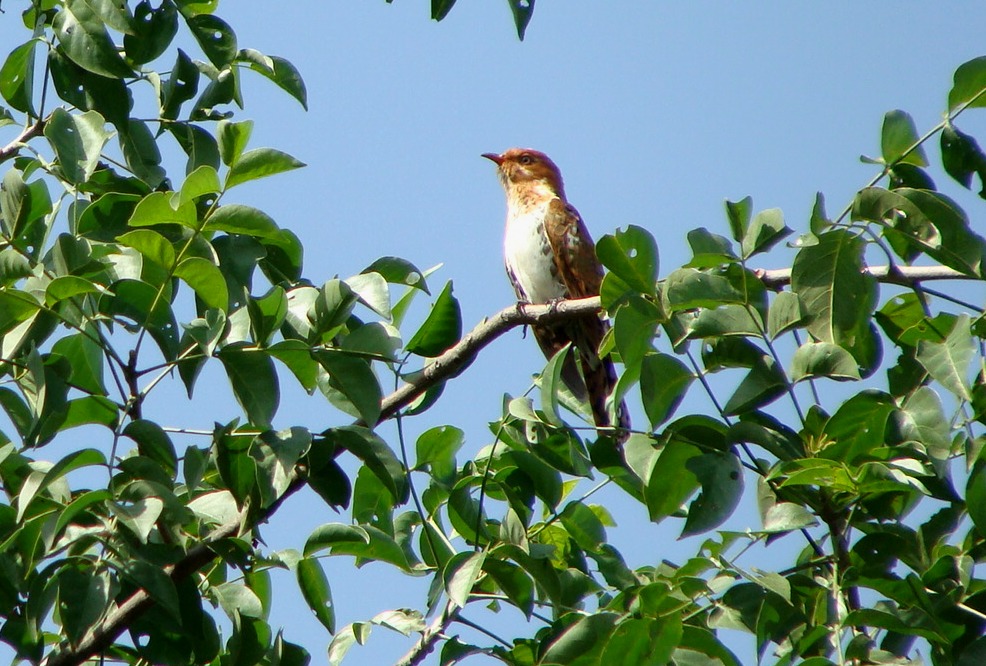
Juvenile Diederik’s Cuckoo. Adults replace the bronze plumage with green.
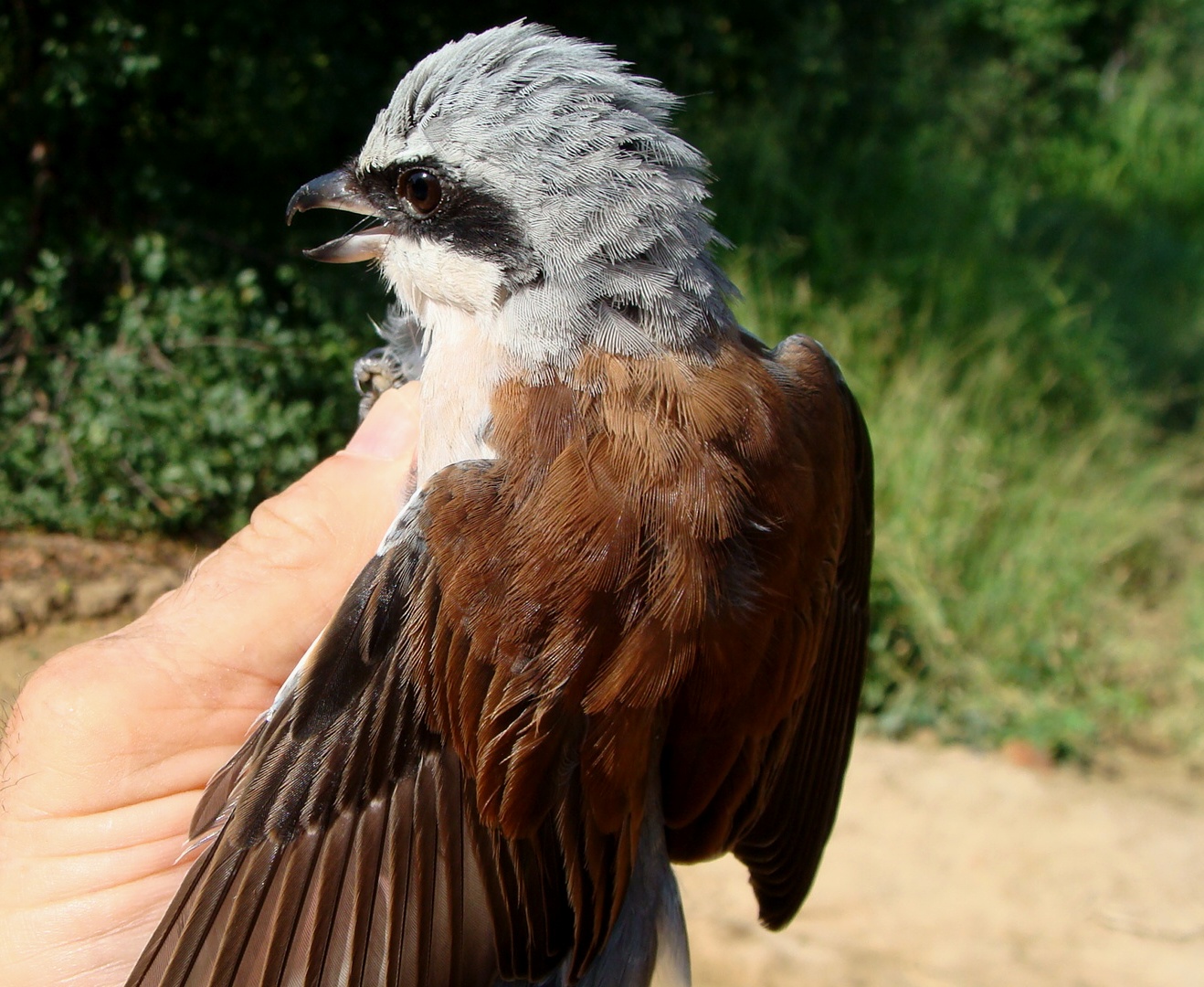
Another Eurasian migrant: Red-backed Shrike.

Male Vitelline or Southern Masked Weaver.
Like this:
Like Loading...
